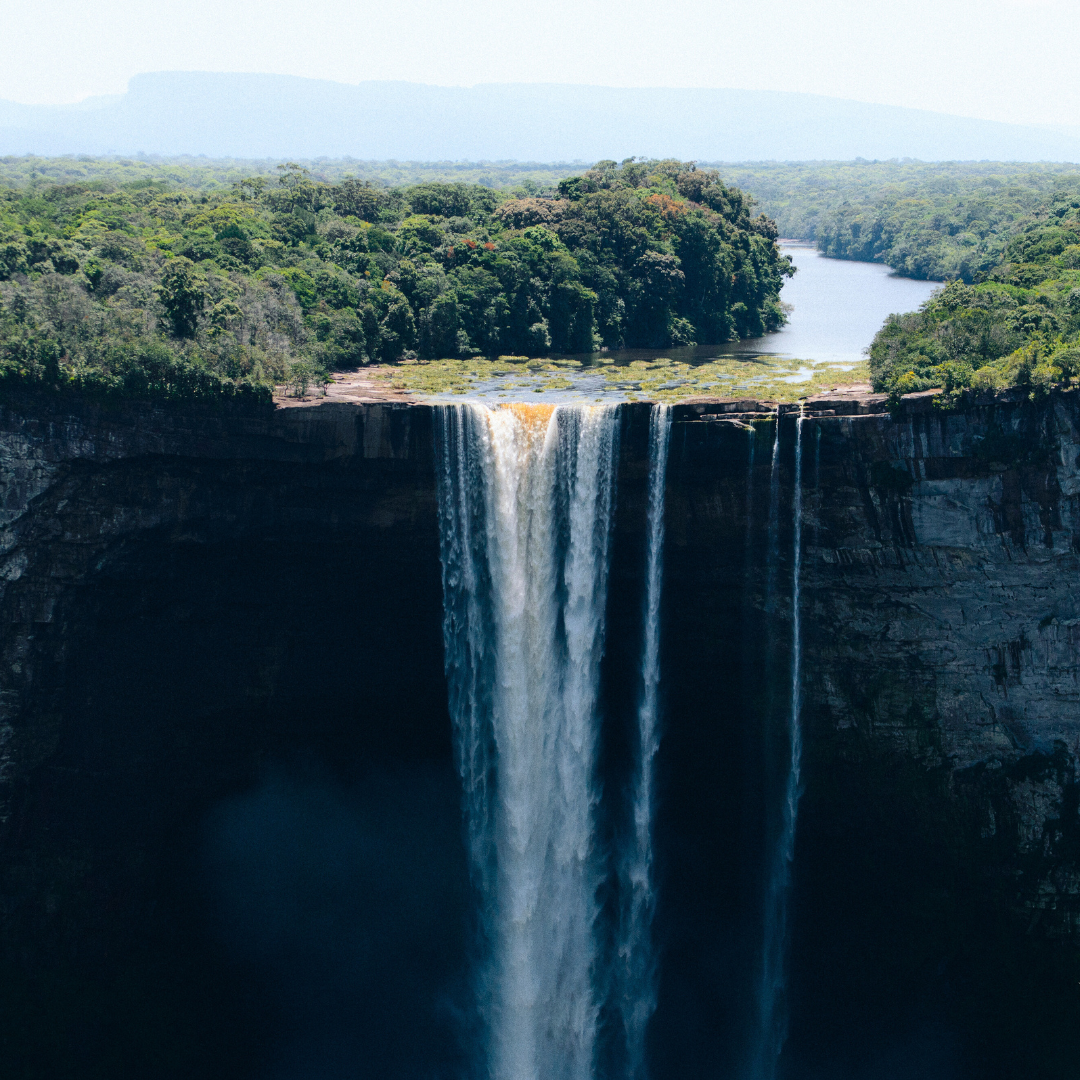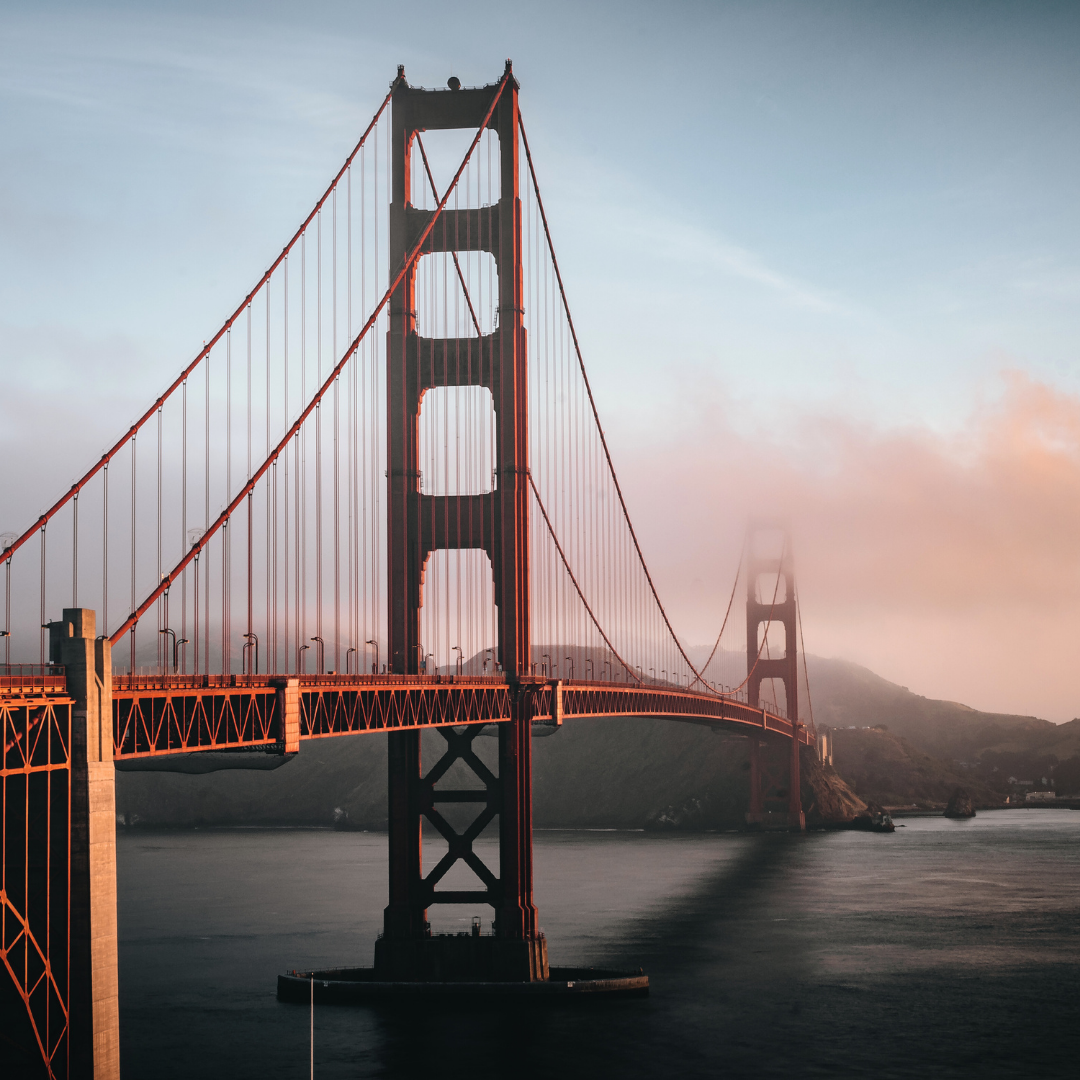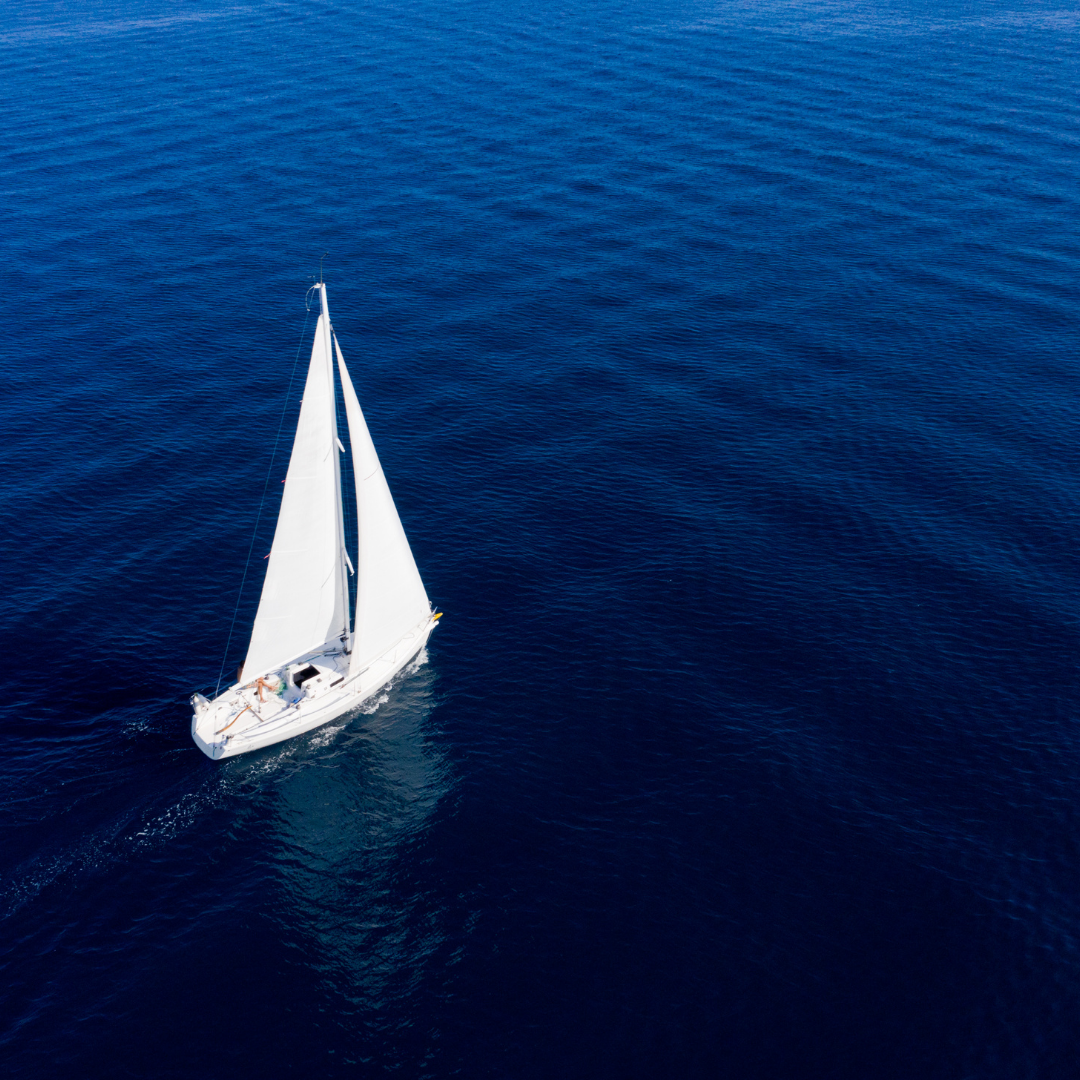The Essequibo River Expedition: Navigating South America’s Third-Largest River in Guyana

South America, with its vast and diverse landscapes, has long beckoned explorers, adventurers, and nature lovers. The Essequibo River, coursing through the heart of Guyana, stands as one of the continent’s most profound natural wonders. As South America’s third-largest river, it offers not just a navigational challenge but a window into a world rich in history, culture, and biodiversity. This article delves into the journey along the Essequibo, painting a vivid tableau of what it means to embark on such an expedition.
Essequibo River: An Overview and Historical Significance
The Essequibo River is not only the heart of Guyana, pulsating through its landscapes, but also a vital symbol of the nation’s heritage. Originating from the Acarai Mountains near the Brazil-Guyana border, this expansive river winds its way for over 1,000 kilometers before meeting the Atlantic Ocean. Historically, the Essequibo has been a life source for many: the indigenous tribes first, followed by European explorers, and later settlers who recognized the river’s economic potential. It became an artery for trade, facilitating the movement of goods, especially during colonial times when Guyana’s timber and minerals were in high demand. The river’s significance also extends to geopolitics; it has been at the center of territorial disputes, notably between Guyana and Venezuela. This mighty river, with its vast history, is undeniably a jewel in South America’s crown.
Key Landmarks Along the Journey: From Source to Delta
Embarking on a journey along the Essequibo is like navigating through a living history book, punctuated by spectacular natural landmarks. The river’s source in the Acarai Mountains is a secluded, pristine spot, often revered by local tribes. As one progresses downstream, the Kaieteur Falls, among the world’s highest single-drop waterfalls, is an awe-inspiring sight, demonstrating nature’s raw power. Further along, the Iwokrama Forest presents a vast expanse of rainforest, teeming with biodiversity and echoing with the calls of the wild. The river also cradles human history; towns like Bartica, once a hub for gold seekers, bear witness to the region’s rich mining legacy. By the time one reaches the sprawling delta, they’ve traversed a captivating tapestry of nature and culture.
Flora and Fauna: Biodiversity Along the Essequibo
The regions surrounding the Essequibo are a riot of life. The dense canopies of the rainforests house species such as the harpy eagle, scarlet macaw, and the elusive jaguar. In the water, playful giant river otters can be spotted, while black caimans lurk beneath the surface. The biodiversity here isn’t just vast; it’s unique. Many species found along the Essequibo are endemic, existing nowhere else on Earth. The flora is equally mesmerizing, with countless medicinal plants used by local communities for generations. Orchids, bromeliads, and the towering mora trees dominate the landscape, creating a green expanse as far as the eye can see. This rich biodiversity makes the Essequibo a treasure trove for biologists and nature enthusiasts alike.
Challenges and Rewards: Rapids, Sandbanks, and Spectacular Views
The Essequibo, while breathtaking, isn’t a river for the faint-hearted. Navigators face various challenges: treacherous rapids that test skill and resilience, shifting sandbanks that can strand the unprepared, and the relentless equatorial sun. But these challenges are punctuated by moments of sheer awe. The thrill of conquering a rapid, the serenity of floating on a calm stretch with rainforests echoing on either side, or camping on a secluded riverbank under a starlit sky, are experiences unparalleled. Every bend in the river reveals a new vista, making the journey not just about the destination but every moment leading to it.
Local Communities: Life on the Essequibo’s Banks
The Essequibo isn’t just about natural wonders; it’s also a testament to human resilience and adaptability. Numerous communities dot the riverbanks, each with its own unique culture and traditions. Indigenous tribes like the Macushi and Patamona have lived harmoniously with the river for centuries, their lifestyles intricately intertwined with its rhythms. They rely on the Essequibo for sustenance, transportation, and even spiritual sustenance. Their knowledge of the land and water is profound, passed down through generations. As one interacts with these communities, it’s evident that the Essequibo is not just a river to them; it’s a life source, a deity, and a keeper of memories.
Ecotourism and Conservation Initiatives
Recognizing the ecological significance of the Essequibo region, several initiatives focus on sustainable tourism and conservation. The Iwokrama International Centre is a beacon in this endeavor, promoting research, conservation, and sustainable development. Ecotourism initiatives here ensure that visitors leave a minimal footprint while also educating them about the region’s ecological importance. Community-based tourism projects have also sprung up, providing livelihoods to locals while ensuring that tourism revenues benefit the communities directly. These initiatives are vital in preserving the Essequibo’s pristine nature while showcasing its wonders to the world.
The Ultimate End: The Essequibo’s Mighty Delta
As the Essequibo approaches its rendezvous with the Atlantic Ocean, it morphs into a magnificent delta. This region is a labyrinth of waterways, islands, and mangrove forests. The mangroves play a crucial ecological role, acting as buffers against coastal erosion and providing habitats for various marine species. The delta is also a birdwatcher’s paradise, with numerous species making their nests here. As the freshwater of the Essequibo mingles with the salty Atlantic, it creates a unique ecosystem, rich in biodiversity and scenic beauty. It’s a fitting end to a river that has showcased so much beauty and history along its course.
The Essequibo River, in all its majesty, is not just a geographical feature but a storyteller. To navigate its waters is to listen to tales of time, nature, and humanity. From its origins in the mountains to its embrace with the ocean, the river is a testament to the enduring spirit of exploration and the wonders it reveals. As we contemplate the Essequibo’s narrative, we are reminded of the timeless bond between humans and the natural world, a bond that calls us to explore, respect, and preserve.


